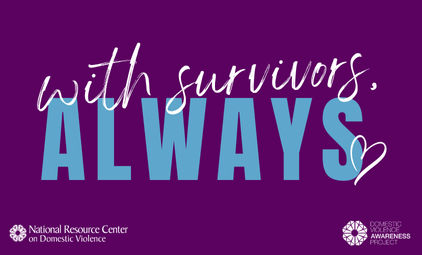by Maria Jirau-Torres, Language Access Coordinator for the National Sexual Violence Resource Center
According to the National Center for Cultural Competence (NCCC), a culturally competent organization and its employees should “have the capacity to value diversity, conduct a self-assessment, manage the dynamics of difference, acquire and institutionalize cultural knowledge, and adapt to diversity and the cultural contexts of the communities they serve” (Goode, Jones and Mason, 2002; The Workgroup on Adapting Latino Services, 2008).
Studies have found that Latin@ survivors experience more barriers in seeking services than non-Latin@s and do not seek formal or informal help as frequently. The NSVRC, in partnership with the University of Puerto Rico Center for Evaluation and Sociomedical Research (CIES), conducted a National Needs Assessment in 2013 to begin conversations exploring prevention across languages and cultures and learn about the particular barriers Latin@ communities experience. A common theme that emerged among participants was the desire to partner with other organizations working with Latin@/Hispanic communities and a need for space to connect and network with other advocates. Findings from this study show a need for greater systemic and coordinated efforts to improve prevention and intervention services for Latin@/Hispanic communities.
Building relationships with other organizations is the key to moving and strengthening the field of sexual violence prevention and intervention towards more routine adoption of culturally relevant practices. When I was a direct service provider, I worked on relationship building by getting out of the organization and into the community. Building relationships and identifying potential partners for supporting sexual violence prevention and intervention in Latin@/Hispanic community is critical.
Members of the Latin@/Hispanic community may not know what services are available or may not have access to them. Collaborating with other local service agencies increases the opportunity for the community to know about services available for survivors of sexual and domestic violence. For example, as a community-based victim advocate, I developed a relationship with the local W.I.C. office, provided in-service training to the office staff on the services available at my organization. They learned that there was a Latin@ advocate on staff that could provide the bilingual and bicultural support (yes, being bicultural is important) to people who needed it.
I worked with hospitals and local health provider offices and churches in the community as well. I attended local events that included culturally specific events and made the effort to become part of the Latin@ community. I often worked with local agencies to operate support groups based in their programs as an option for getting help to those who may need it but could not or would not visit our agency.
Utilizing resources from culturally specific organizations like the local Centro Latin@ or national Latin@ organizations can help agencies become better equipped to support cultural competency. For example, language access is often identified as a significant barrier for organizations. The National Latino Network for Healthy Families and Communities has a Language Access toolkit that contains a free downloadable guide on how to create an effective Limited English Proficiency access plan.
The East Los Angeles Women’s Center has a program called Instituto de Promotora. Training is provided for women to become certified paraprofessionals within the community to provide basic health education and support for women around the prevention of HIV/AIDS, sexually transmitted infections, sexual and domestic violence, and to help families navigate healthcare and social service systems. This is an excellent example of meeting the needs of the community in a culturally relevant manner by building and expanding on existing supports and organizations already working within that community.
Making the decision to serve the Latin@ communities doesn’t have to be an overwhelming task, but a thoughtful extension of broadening the “circle” to include organizations and institutions that are already familiar. Collaborating with culturally specific organizations and/or community members is a great way to start.
What strategies have you used to expand your agency’s accessibility or engage in outreach to Latin@/Hispanic communities?
















